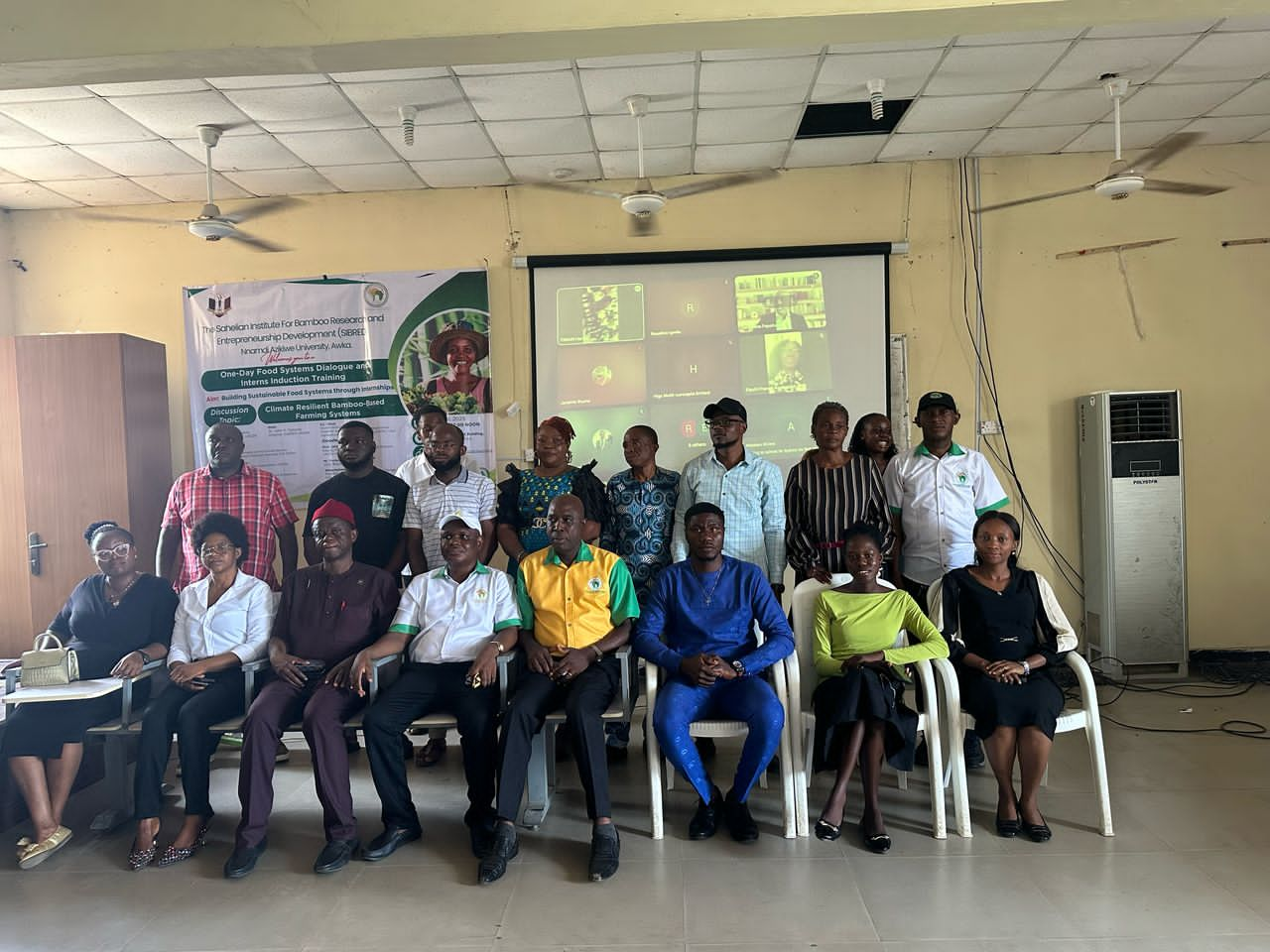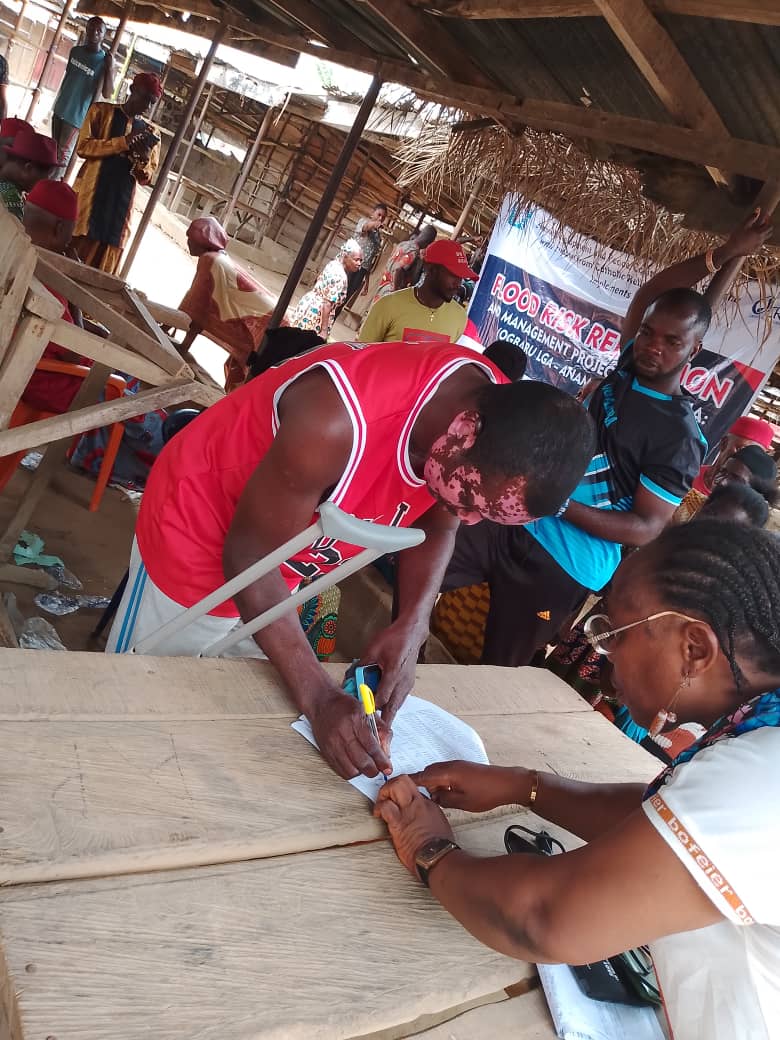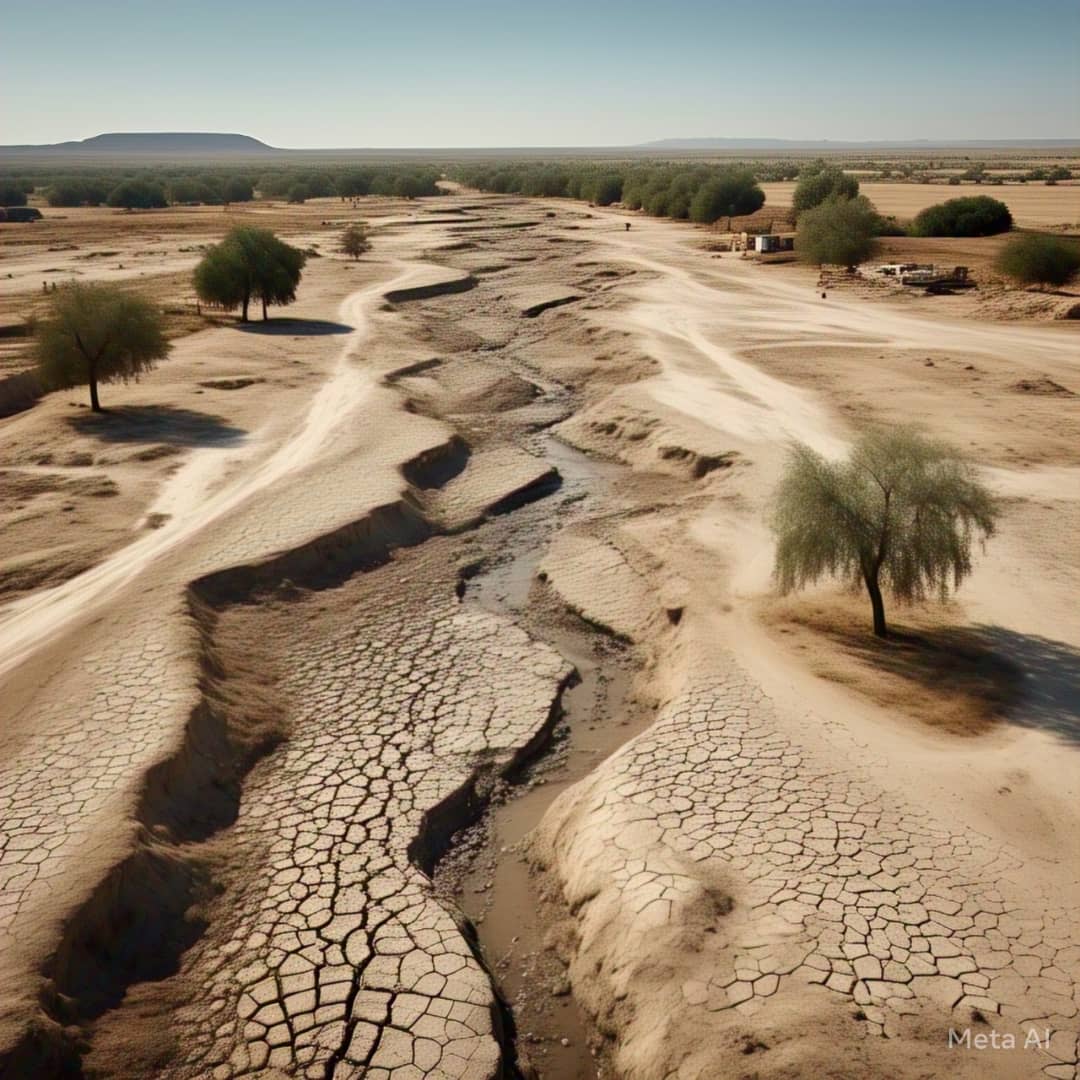Alfred Ajayi
Children are disproportionately vulnerable to the impacts of climate change due to their unique physiological and developmental characteristics. United Nations Children’s Fund, UNICEF states that “The climate crisis is not just changing the planet – it is changing children.
From the moment of conception until they grow into adulthood, the health and development of children’s brains, lungs, immune systems and other critical functions are affected by the environment they grow up in. The United Nations agency regrets that while climate change is affecting children everywhere including high-income countries, the world is not doing nearly enough to protect them.
Climate Change Academy also submits that fragile bodies and minds of children make them especially susceptible to environmental stressors that can have lifelong consequences. The changing climate brings increased extreme weather events, disease outbreaks, food insecurity, and displacement—all of which disproportionately harm the youngest members of society.
Healthwise, children are especially vulnerable as they struggle to regulate body temperature and are prone to dehydration and heat stroke. In August 2024, UNICEF disclosed in a press release that almost half a billion (466 million) children live in areas experiencing at least twice as many extremely hot days as their grandparents.
According to UNICEF, eight countries, including Mali, Niger, Senegal, South Sudan and Sudan, are home to children who spend more than half the year in temperatures above 35 degrees Celsius. In low‑income countries, every 1 °C increase in average temperature is linked to 16.6 additional infant deaths per 1,000 live births Health Policy Watch. Heat stress also amplifies risks of non‑communicable diseases and makes children more susceptible to infections like malaria and dengue.
Spread of infectious diseases
The Guardian revealed the spread of infectious diseases and vector due to climate change which alters vector habitats. This has led to malaria, dengue, Zika, and West Nile spreading to new regions as rising temperatures, floods, and poor sanitation amplify diarrhoeal and respiratory diseases. Some studies have equally linked warming to increased incidence of E. coli, rotavirus, and pneumonia in children.
Also, air pollution exposes children to respiratory issues as they breathe faster and inhale more air per body weight, exposing them disproportionately to toxins. Over 300 million children currently live where air pollution threatens health.
Children equally bear the impact from waterborne illnesses sanitation challenges. The Royal College of Paediatrics and Child Health recognized that climate change is an existential threat to the health and well-being of children and young people. By 2040, 1 in 4 children will reside in areas with extremely stressed water resources.
Unsafe drinking water increases risk of diarrhoea – a leading killer of children under five years and environmental enteropathy, which undermines nutrition and vaccine effectiveness. Malnutrition is caused by disruption to agriculture which had led to reduced crop yields especially maize –25%, wheat –15%.
Today, 149 million under‑5 children are stunted; climate change could add 7.5 million stunted children by 2030, rising to 10.1 million by 2050. In the Sahel, nearly 7 million under‑5 children suffer acute malnutrition due in part to climate‑driven food scarcity.
Education also disrupted
In the area of education, climate change disrupts children’s academic progress. Around a quarter of a billion (242 million) students – one in seven globally missed school in 2024 due to climate events. Also, over 400 million students have faced weather‑related school closures since 2022, while damage to schools has led to a ban or suspension of outdoor time in school, a development capable of stunting physical development and mental health.
Climate shocks exacerbate the global digital divide. Already, there’s a significant disparity in internet access between high-income and low-income countries. Approximately 95% of people in high-income countries have internet access, while only around 25% in low-income countries do, according to internet usage statistics from the International Telecommunication Union (ITU).
The climate crisis also impacts the mental health of children. Climate‑induced trauma such as floods, droughts, wildfires can trigger Post Traumatic Stress Disorder (PTSD) anxiety, and depression in both children and adolescents. Between 2016 and 2021, 43 million children were internally displaced due to extreme weather.
Such displacement breaks family units, disrupts education, exposes children to violence, and impairs emotional development. In terms of social and gender impacts, water scarcity is increasingly forcing children (especially girls) to spend hours fetching water or fuel, reducing school time and exposing them to risks including assault. In many places across the world, climate pressures contribute to rising rates of child marriage, particularly among girls.
Way forward
Based on the foregoing, urgent action is needed. Emission cuts, adaptive infrastructure, child‑centered policies, equitable healthcare and education are vital to safeguard today’s children and the generations to come. Governments, organizations, communities, and even the media must adopt child-centered policies, education, and climate resilience strategies. Children are not just victims of climate change—they are also critical stakeholders and future change-makers.
Governments need to mainstream child protection and development into their climate change policies, especially Nationally Determined Contributions (NDCs) and National Adaptation Plans (NAPs). Impacts of climate adaptation and mitigation should be assessed on children’s health, education, safety, and wellbeing.
Governments must also build climate-resilient health infrastructure that serves the needs of infants and young children, while scaling up immunization, nutrition support, and clean water access in climate-vulnerable communities. More importantly, health workers must be trained to recognize and treat climate-related illnesses in children, such as heat stroke, respiratory issues, and undernutrition.
There is need to promote climate-smart agriculture that improves food diversity and nutrition for children. Also, government should consider a special school feeding programme that can cushion the effect of food shortages during drought or displacement.
It is also useful to build or upgrade climate-resilient schools with flood protection, proper ventilation, and solar power. This is particularly relevant for Nigerian states facing flood prediction. Arrangements must be finetuned for remote learning options (radio, SMS, or offline apps) in case schools are shut. Although some states have such in place, there is need to improve on them.
Integration into curriculum
Climate change education should be integrated into school curricula with child-friendly learning materials while platforms are created for children and youth to express their views in climate decision-making spaces—from local town halls to UN summits.
Besides, emergency responses to droughts, floods, wildfires, etc should be designed with special consideration for children with disabilities and those in poverty. There is need to create child protection protocols during evacuations, shelters, and post-disaster relocations while providing psycho-social support and mental health care to children who experience climate-related trauma.
Governments and donors should increase budgetary allocations for child-specific climate resilience projects. This will include tracking the use of climate funds for children’s priorities like safer schools, nutrition, clean air, and water.
Media and storytelling should be used to spotlight children’s plight. Going forward, the media must advertently elevate and amplify children’s experiences and voices in climate stories. Media can help raise awareness on the links between climate change and issues like child marriage, hunger, and mental health. They can also promote positive stories of child-led climate action to inspire policy and community engagement.
Government’s ministries – Environment, Education, Health, and Women Affairs must collaborate to address children’s climate vulnerabilities holistically. Such collaboration must be extended to Public-Private Partnership (PPP) synergizing with NGOs, civil society, and faith-based groups.
First published by Radio Nigeria





